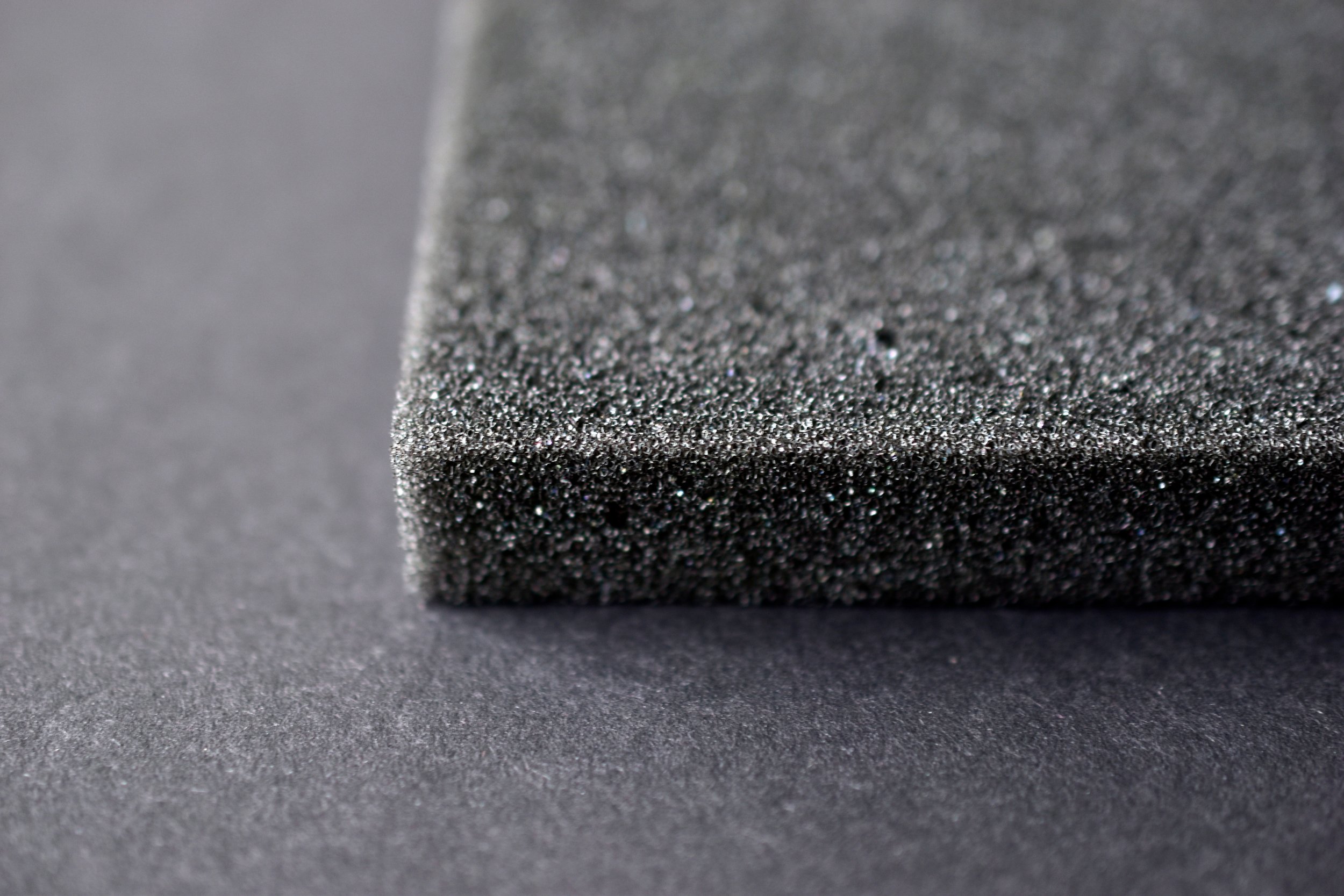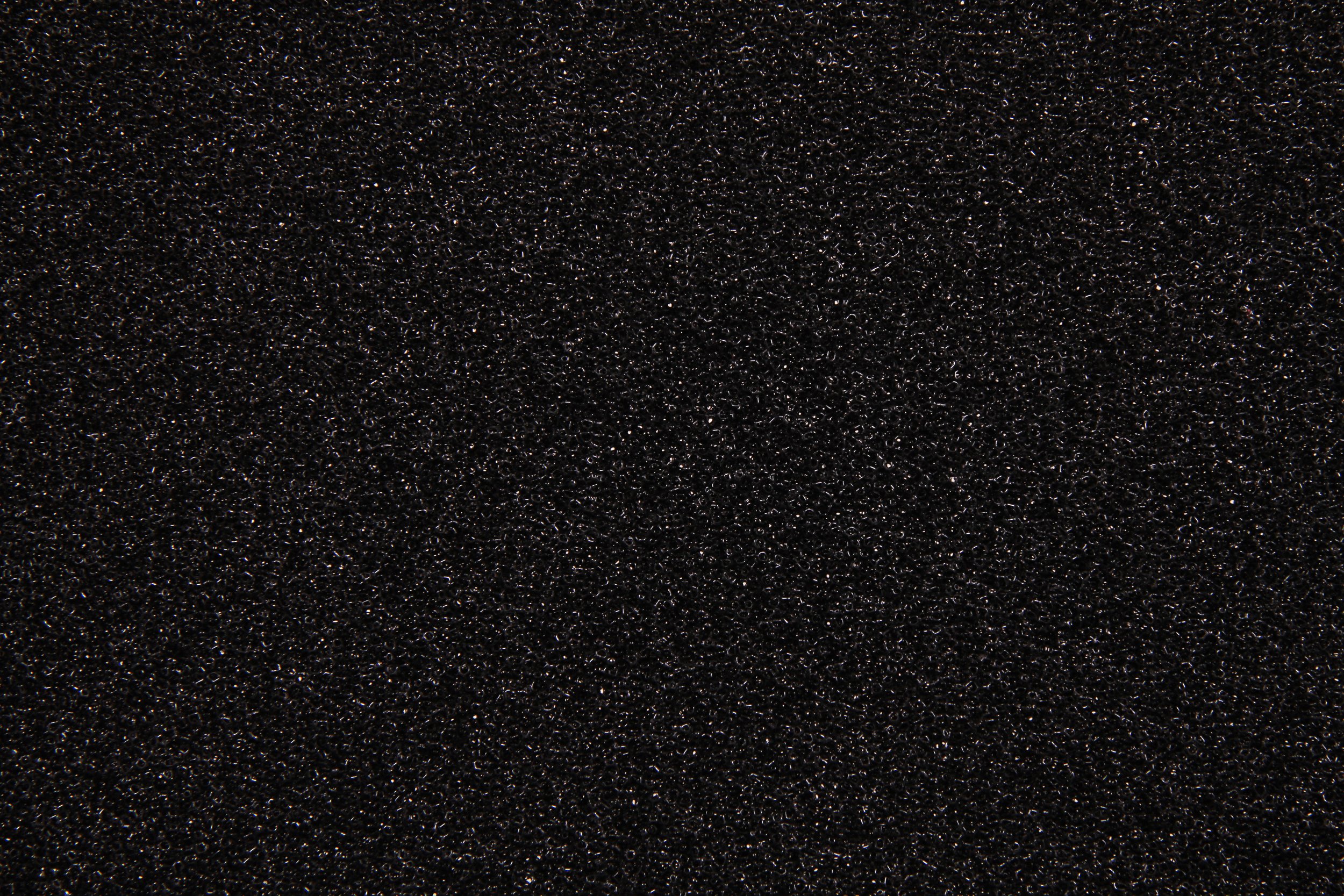Reticulated Foam: A Complete Guide
Reticulated polyurethane foam is an extremely open-cell, low density foam with applications across many industries. Polyurethane foam has a honeycomb-like structure, which consists of individual cell walls and cell membranes. When a block of polyurethane is reticulated, its cell membranes are removed and bonded to the cell walls, leaving a 3D network of open cells.
The properties of reticulated foam
Rapid drying
After polyurethane goes through the reticulation process, the material becomes very porous, allowing air and moisture to pass through seamlessly. This foam dries fast as liquids can evaporate quickly
Lightweight
While the weight of foam varies depending on the grade, the structure of reticulated foam consists of a large volume of open pores which are filled by air. This makes the foam much more lightweight while maintaining its structural strength.
Anti-microbial
The open-cell structure of reticulated foam encourages the circulation of air. This prevents moisture build up which protects against mould and mildew.
Increased strength and durability
When the cell membranes are removed from the foam, they are bonded to the cell walls. This reinforces the strength of each wall and therefore makes it more resistant to tearing. Reticulated foam is also more resistant to wear and tear, it can withstand repeated compression over long periods without significant damage.
The applications of reticulated foam
Filtration
Reticulated foam is very useful in air and liquid filtration. It is often used in air conditioning, air filters, ceramic filters, oil filters, air compressors, small engines, face masks, and many more.
Consumer Products
Reticulated foam is used in every day consumer products such as speaker grills, shoe inserts, helmet inserts, powder puffs, and more.
Acoustics
Although it may not entirely block sound, reticulated foam is used in industrial equipment for its ability to absorb sound waves.
Liquid Control
The fast drying properties of reticulated foam make it useful in outdoor furniture and cleaning products such as sponges and mops.
Polyether vs. polyester foam
Polyether
Reticulated polyether foams are usually more flexible and have more open cells in comparison to polyester foams. This means polyether has greater water and antibacterial resistance and is preferred in wet environments such as outdoor furniture and filtration.
Polyester
Reticulated polyester foams are typically more rigid and have greater durability than polyether. Polyester is preferred in applications requiring shock absorbency, such as secure packaging. It is also has resistance to petroleum products and other chemicals making it useful for vehicle interiors, cosmetics, and filtration.
How is foam reticulated?
Thermal Reticulation
This method involves positioning a block of foam into a vacuum combustion chamber. The foam is then injected with a mixture of hydrogen and oxygen. Once the foam is completely penetrated, the gasses are ignited by a high-speed flame, melting the cell membranes. This method proves effective in both polyether and polyester foams. Joyce is the only Australian manufacturer of a Thermal Reticulation System in Australia, which foam manufacturers across the globe have seamlessly integrated into their production line with the help of our team. Find out more here.
Under the Microscope
After
After reticulation, the foam membranes are removed, and a filter-like appearance remains.
Before
Before reticulation, the foam is open-cell with the cell membranes filling the cells.
How to find the right foam for you
Joyce is the leading Australian supplier of polyurethane foam with an experienced team of professionals who can help you find the best grade of reticulated foam for your needs. Our reticulated foam range includes Dricell and Meracell, which you can learn more about in our technical brochure. Whether you're looking for a reticulated foam supplier, or to manufacture your own with Joyce's Thermal Reticulation System, we can help you fulfill your reticulation needs.
Contact Us
Contact Us
Joyce Foam Products
5-9 Bridges Road, Moorebank, NSW 2170
Sales@joyce.com.au






